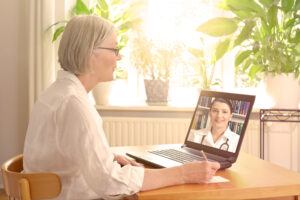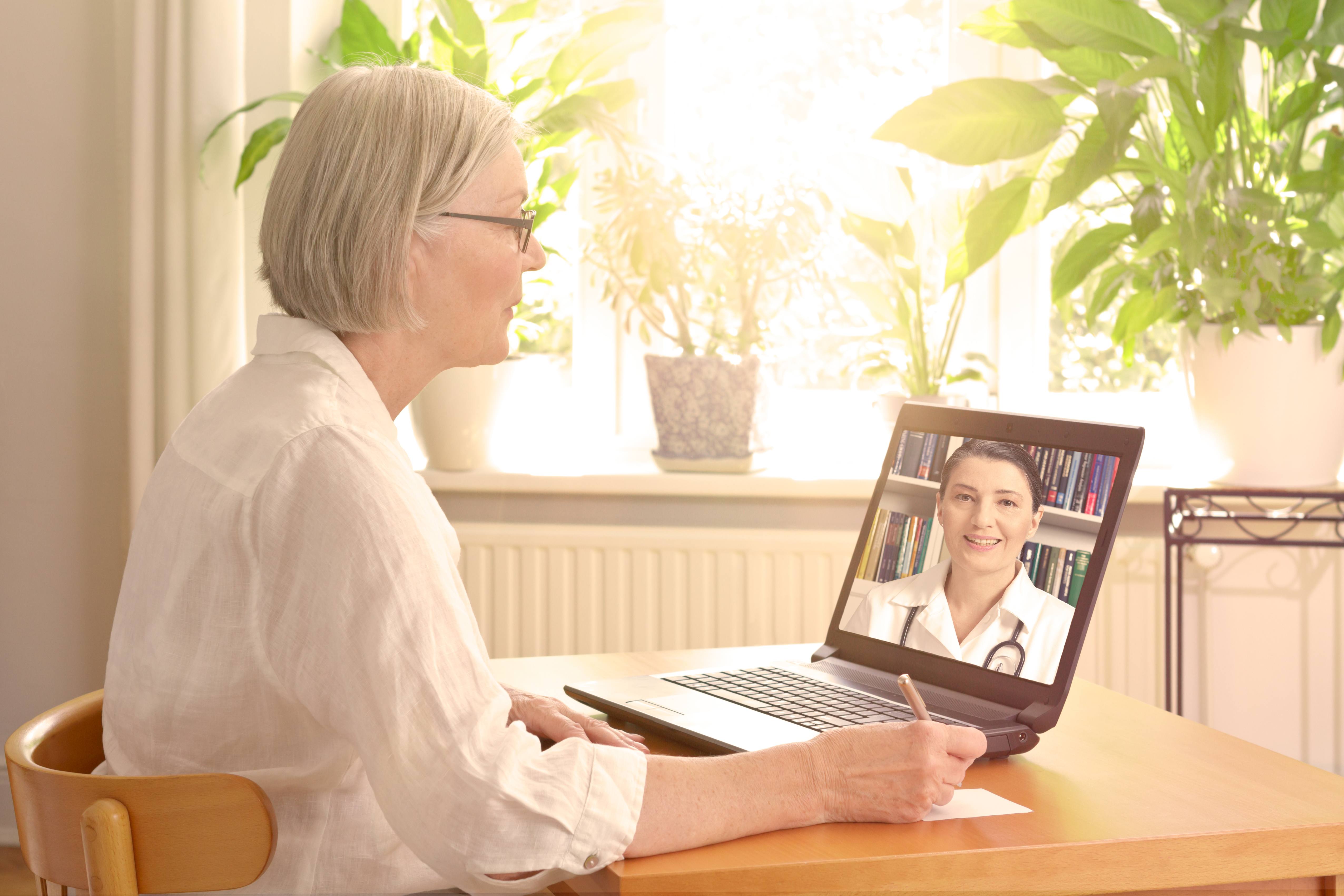 Overview of Telemedicine and Virtual Doctors
Overview of Telemedicine and Virtual Doctors
Virtual Doctor, Telemedicine, Remote physician, On-demand healthcare, Telehealth,Distance medicine, E-health. The list goes on and on . There are so may different terms given to practicing medicine outside of normal face to face methods that is most commonly used. This way of providing care is to patient or consumers in on the rise.
You see advertisement on TV or even at the facility where you normally visit your doctor.. Many health insurance carriers send enrolment forms or membership cards to all their clients. But who or what is a virtual doctor? What can they do for your when you are ill or just need follow up on your chronic condition like hypertension or high blood sugar management. Why should you consider using it?
A major component of telemedicine is having a virtual doctor. These are some of the same doctors with the same credential that you will seen if you went to the clinic or doctors office. In fact some doctors do both virtual visits and regular visits.
This article provides a brief overview of what telemedicine is, how it works, what it can and can’t do, and why you might want to give it a try.
What is telemedicine?
Telemedicine is defined by the Oxford English Dictionary as “the remote diagnosis and treatment of patients by means of telecommunication technology.” Fernsehenwesen is the German word for television, but if you translate it literally, it means “the things that sees from a distance.” That is perhaps one of the best basic descriptors for what telemedicine does, in all its various forms.
Wherever a patient (or a healthcare professional taking care of that patient) is communicating with a healthcare professional who is not at the same physical location to find out what is wrong and to get treatment, this is telemedicine.
Telemedicine takes many forms. It might look like an emergency department physician consulting with a specialist at a university hospital to get rapid treatment for a stroke victim. Telemedicine can be a nurse doing a video call check-in with a diabetic in a remote village. Someone with an irregular heartbeat may wear a monitor that automatically records the heart rhythm and sends it to the cardiac physician’s computer. Persons of all ages, from premature infants to the elderly, are going home from the hospital with wearable technology that automatically triggers a follow-up phone call from a healthcare provider whenever the numbers fall outside a predetermined range.
Routine doctor visits and walk-in clinic visits can be and are being replaced by on-demand video consults with a doctor, who may or may not be in the same state, much less in the same town.
How does it work?
Telemedicine uses multiple forms of technology. Communication takes place over phone lines, satellite, cable, or fiber-optic internet connections, or cellular communication.
For the consumer, telemedicine is often incorporated into technology, such as a smartphone, that you already own and use. From websites to apps to specialized add-ons and plugins, the goal of telemedicine is to be easily accessible and compatible with available technological tools.
Within medical offices and healthcare facilities, telemedicine can be highly complex and expensive. A remote consulting tool such as is used to diagnose and treat a stroke in a distant facility needs to have video, audio, and electronic health record transmission and syncing capability and compatibility. This means that the consulting physician can video chat with the patient and their onsite care team, see the patient’s chart, view any cat scans, MRI’s or other imaging studies, and order medication and treatments without needing to travel to the patient.
Remote diagnostic equipment, such as remote heart monitoring systems and wearable blood sugar monitors, are worn by the patient and the device sends the information to the healthcare professional’s computer. Some devices send the information in real time, others upload periodically or when something is outside a predetermined range. This means that the patient can be monitored without needing to stay in the hospital or repeatedly visit a facility.
What telemedicine can and cannot do
Telemedicine is a wonderful tool for collecting information remotely, convenient monitoring, and doing remote consults. However, telemedicine cannot totally replace a human. In fact, in most applications, telemedicine is not even pretending to replace a human, but rather is extending the human’s reach
A doctor who is video chatting with a patient can ask questions and get real time answers. However, he or she cannot accurately see things like changes in skin color or rashes or other key visual information. It is impossible to do a physical exam via video (although one physician covering a large rural area will leave a Bluetooth stethoscope at his second office, so that people can come there, and he can listen to heart and lung sounds from a hundred miles away).
In reality, your healthcare team is probably already using telemedicine, although you may not have known this. As healthcare systems become larger—and healthcare becomes ever more specialized—consulting with a specialist via remote communication technology is common.
With the current technology, telemedicine is useful as an alternative to a walk-in clinic or urgent care visit, especially for minor ailments that can be treated with a simple prescription. The downside is that sometimes—because of the limitations of diagnosing without doing a physical assessment or seeing the patient in-person—a more serious condition is missed or misdiagnosed. Human error and confirmation bias plays in this. Since most people are using telemedicine to avoid going to a physical office, they want to hear that whatever is happening can be treated at home.
Why you might want to give it a try
Convenience and accessibility are the key selling points for telemedicine.
As a consumer, telemedicine allows you to access a healthcare professional without having to travel to their office, which is especially nice on those days when you are feeling sick. Hours tend to be flexible too, so that you can schedule your follow-up or check-in visit after hours and at a time that is most convenient for you. For many minor ailments, you can get a diagnosis and a treatment plan remotely, or they can tell you where you ought to go for more advanced treatment—which means you can skip the urgent care center and avoid the inevitable delay and referral to the emergency department.
Also, you can access a doctor’s services from any place with a cellular or wifi connection, whether that is your own home or while traveling. No matter where you happen to be, telemedicine can bring the professional to you.
Lastly if you have high blood pressure but you are having a hard time getting in the normal range then you can check your own blood pressure and check in with your virtual doctor without leaving your house.
